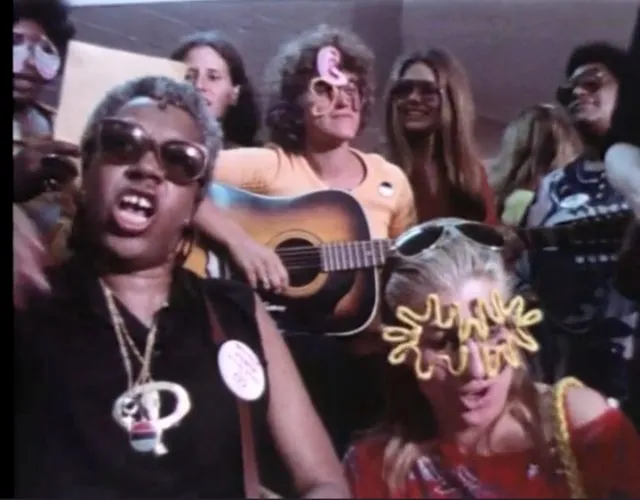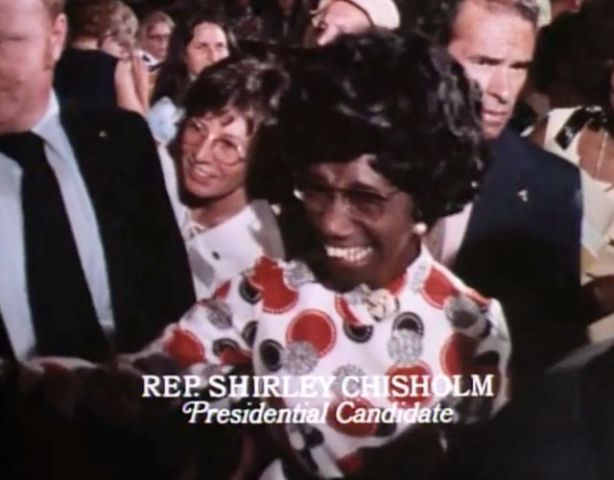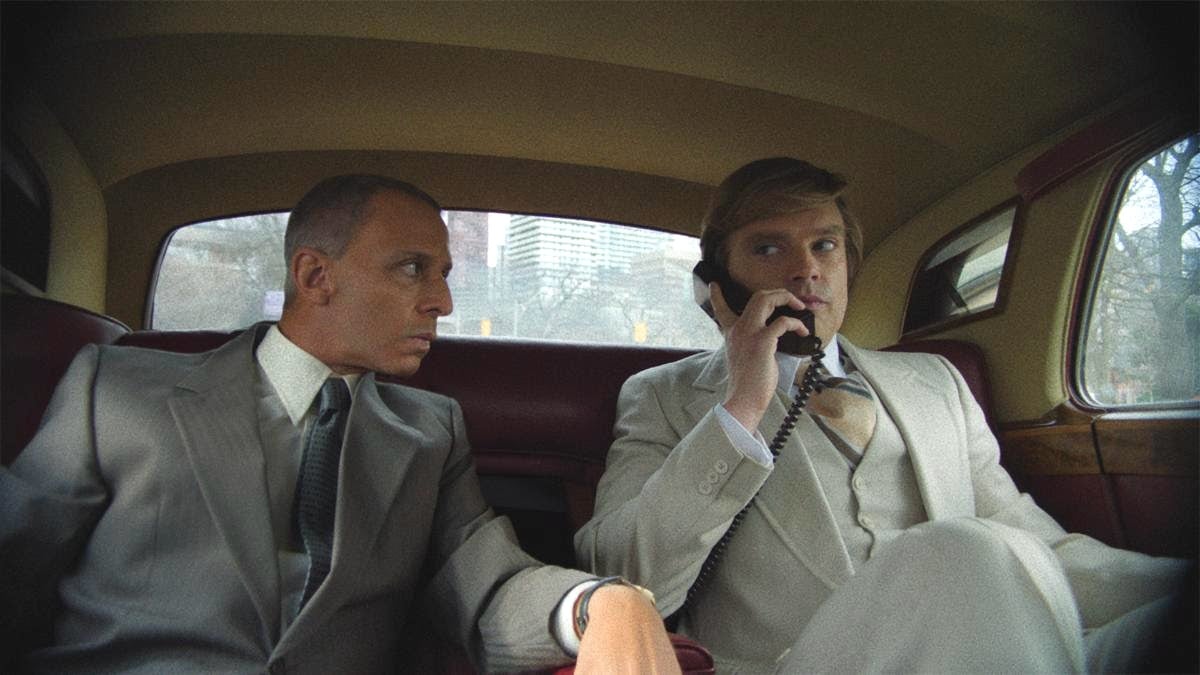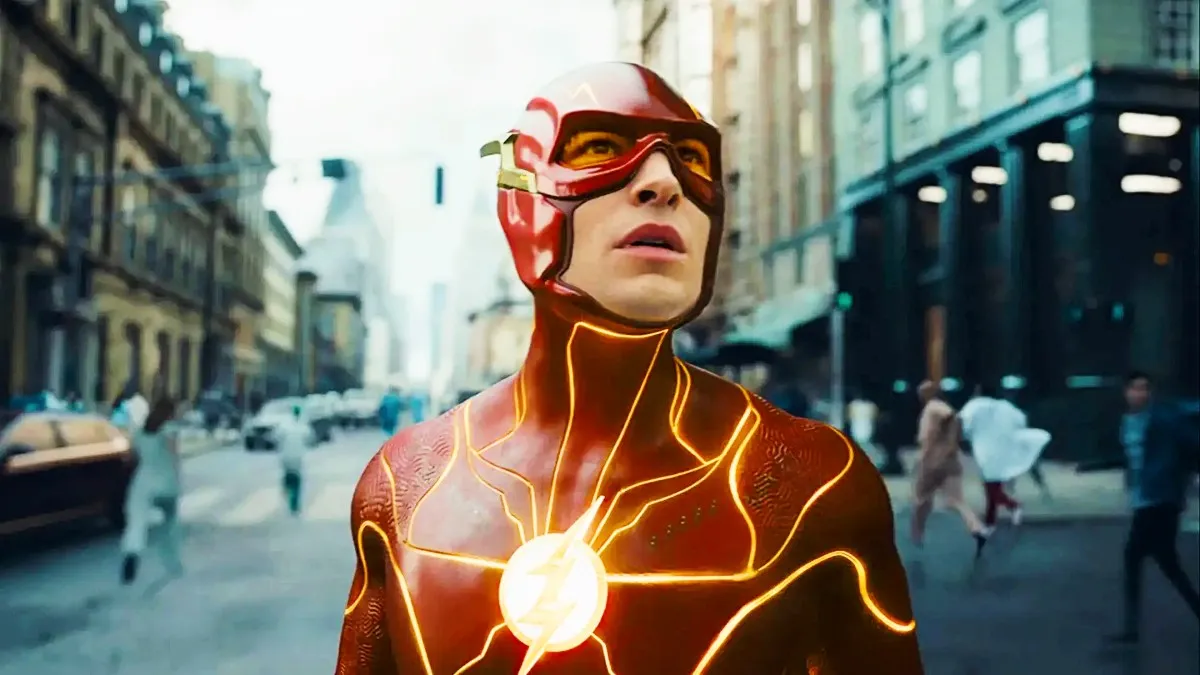On The Mary Sue, we get to talk about feminism, films, and feminism in films on a daily basis. But we often forget that this luxury isn’t offered to everyone, and certainly wasn’t offered to many women just a few decades prior. That’s why the story behind the documentary film Year of the Woman is important to share.
As the Huffington Post stunningly reported earlier this week, Year of the Woman, a documentary about the feminist political movement in the ’70s, is finally available online after … wait for it … 40 years of sitting in distribution hell. That’s right. This movie has been waiting on a wide release for four freakin’ decades. And for what?
In the description for the film on Vimeo, it’s said that Year of the Woman, which looks at “women’s rights proponents at the 1972 Democratic Convention” including Shirley Chisholm (the first African American woman elected to Congress and also the first woman to run for a Democratic presidential nomination), actually played in theatres in 1973 and it was hot ticket too, attracting a huge line of wannabe viewers. As it turns out, however, Year of the Woman only played for five days before it was pulled.
Eventually, as the Washington Post tells it, Year of the Woman was bought by a woman who was “convinced it was a masterpiece.” But in the eyes of distributors, it was no masterpiece. In fact, following its initial run and until a screening at the Sarasota Film Festival in 2004, it was shown but once in public, and only to those who attended a fancy gala fundraiser for a Harvard library. This film was never put out on VHS or DVD. The only way you could see it was if you called up the filmmaker, Sandra Hochman, yourself and asked to see it. That’s precisely the way HuffPo‘s Jason Cherkis ended up seeing it recently, an how it eventually ended up on Vimeo, available, finally, to us all.
So what was it about this film that it need to be tucked away from view for so long? Well, some say Year of the Woman was “too radical” for its time. Radical in that it talked about real issues happening between men at the time (Chisholm’s political run, and whether or not fellow Democratic nomination hopeful George McGovern would be pro-life or pro-choice….) Oh, and in addition to featuring many women activists of the time including Chisholm, Gloria Steinem, Coretta Scott King, Shirley MacLaine and Nora Ephron, the film was produced and shot entirely by women, including a future Oscar winner, a future leader at the Directors Guild of America, and a woman who would go on to direct important female-led shows like My So-Called Life and Girls. And that amazing fact, according to Hochman, was deemed a problem. As she told the Washington Post in 2004, “I guess in 1973 the world wasn’t ready for a group of beautiful women talking about [penises].”
Thankfully, thanks to HuffPo and Vimeo, whether the world is ready to see these beautiful women talking about penises and other more important issues, they finally can. And just in time for what could be a new year of the woman, what with Hillary Clinton gunning for a Democractic presidential nomination.
Let’s just hope that if someone tries to make an official sequel to this film, perhaps starring Hillary, a distributor takes notice and doesn’t let the film, or its filmmakers, suffer because someone, male or female, doesn’t like what it, or its subjects, have to say. Or better yet, what if someone made a film about this film? Because the story of this film, and how it finally came to be after all these years of being locked away like a dirty secret, is exceptional in itself.
(images via Sandra Hochman via Year of the Woman)
—Please make note of The Mary Sue’s general comment policy.—
Do you follow The Mary Sue on Twitter, Facebook, Tumblr, Pinterest, & Google +?










Published: Aug 17, 2015 1:00 AM UTC